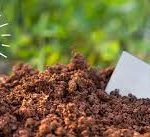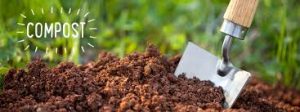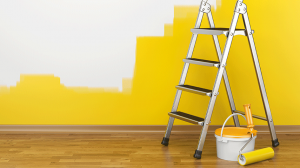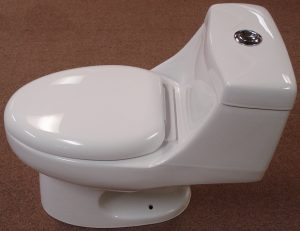Your Energy Checklist
Monday, June 17th, 2019We’ve come a long way as consumers, checking in with experts, perusing online reviews, obtaining home inspections and disclosure forms and generally doing our homework on a prospective new house till it hurts.
We should also take that same heightened level of due diligence when it comes to issues that affect the environmental aspects of our homes. How eco-friendly are the appliances, for instance? Has the house had any infestations of mice, rats, cockroaches, termites and other unwanted pests? How well is the attic insulated?
While these may be the dull and dreary facts of home ownership, you’ll be a much more well-informed and prepared homeowner if you go in with your eyes wide open. The following are a number of energy-related considerations you should keep in mind when inquiring about your next new home:
Windows & doors
As a home ages, so do its windows and doors. There are temporary fixes you can employ but bear in mind that they will not solve your problem permanently. Naturally, dual-paned and triple-paned windows are especially effective at keeping in warm and cool air. R-value or resistance value is also important to note.
Insulation
The higher the R-value of your insulation the better it is. According to the Canada Mortgage and Housing Corporation, you should look for signs of poor insulation such as cold floors and walls in the winter and hot inside air in the summer. Common types of insulation include spray foam, mineral fibre and fibreglass.
Lots of glass windows and doors
The views and the setting might be spectacular especially as viewed through all those very large windows and glass doors, but know that living within a all that glass comes at a cost and that will be high energy bills.
How exposure affects energy conservation
Where your house is positioned in relation to the sun, wind and landscape has an impact on its energy efficiency. It’s said that the best direction for energy conservation is for your home to face either south or east. Each of these exposures gets a significant amount of sunlight, which will help with heating costs come winter.
What age are the home’s big energy consumers
Pay close attention to the big energy users in the home such as heating and cooling systems, which account for nearly half of a home’s energy costs. If they are leaving behind appliances, find out their age. How old is the water heater?
Sources: www.houselogic.com, www.globalnews.com, www.homeguides.sfgate.com, www.chooseenergy.com









